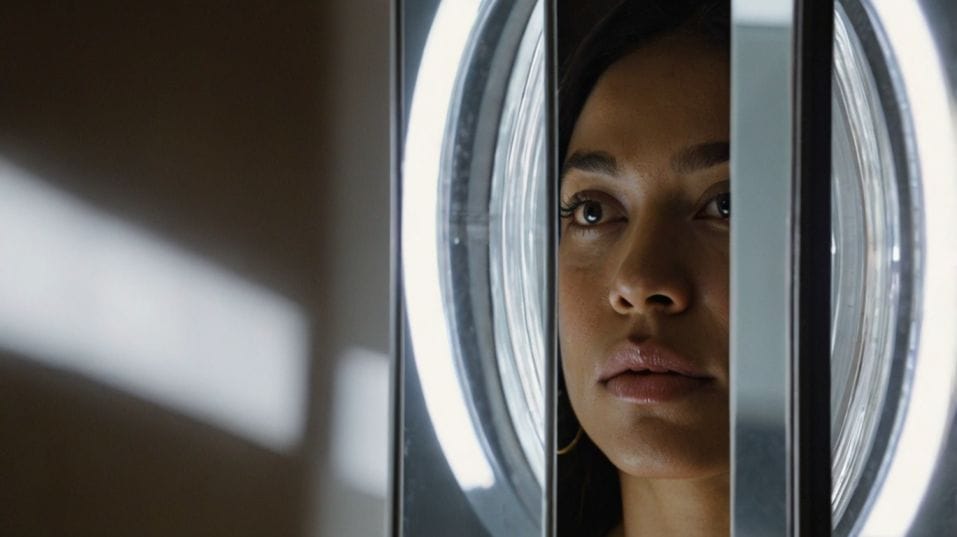Recognizing and Overcoming Hidden Biases Through Mindful Thinking
Uncover how mindfulness helps reveal and reduce hidden biases at work—boosting clarity, connection, and better decision-making.

Do you really know why you make the decisions you do at work? Most professionals believe they're being fair—choosing the best candidate, giving objective feedback, supporting the right voices.
But the mind often has its own hidden agenda. Unconscious biases operate beneath awareness, steering choices before you even realize it.
The good news? You’re not powerless. By training your mind to slow down and notice, you can start seeing what you've been missing—and make better, clearer calls at work.
What Hidden Bias Looks Like in the Real World
Bias isn’t just a political word. It’s a neurological reality. Our brains process roughly 11 million bits of information every second—but we can only consciously handle about 40.
The rest? Gets filtered, sorted, and categorized based on our existing beliefs, past experiences, and cultural conditioning. That’s where bias lives. Not in intention, but in the default settings of your mind.
It can sound like:
- “They seem a little young for this role.”
- “I don’t think she’s a culture fit.”
- “He just doesn’t come across as leadership material.”
These aren’t malicious thoughts. They're mental reflexes. And they often slip by unnoticed because they sound like intuition.
But intuition, unchecked, can become a smokescreen for bias.
In the workplace, these subtle mental shortcuts shape who gets hired, promoted, mentored, or even just heard. They determine who’s given the benefit of the doubt—and who’s constantly asked to prove themselves.
And when left unexamined, they don’t just impact others. They limit you. They narrow your perspective, stunt your empathy, and quietly erode your ability to lead.

Why Working Professionals Can’t Afford to Stay Blind
If you’re in any kind of leadership role—whether you manage a team, mentor junior employees, or drive company culture—your blind spots have ripple effects.
Unconscious bias influences:
- Hiring decisions that favor familiarity over potential
- Performance reviews skewed by expectations instead of outcomes
- Collaboration patterns where some voices dominate and others vanish
- Feedback that reinforces existing hierarchies instead of challenging them
These moments accumulate. They shape who thrives in your workplace—and who burns out, opts out, or fades into the background.
And it’s not just about being fair or equitable. Hidden bias can cost your team creativity, innovation, and trust. When people don’t feel seen for who they truly are, they disengage. When decisions feel opaque or unjust, culture fractures.
In short: unchecked bias doesn’t just hurt people—it holds your organization back.
How Mindfulness Makes the Invisible Visible
So where does mindfulness fit into all this?
Mindfulness isn’t about detaching from the world or becoming hyper-serene. It’s about developing clear, non-reactive awareness—the kind that allows you to see your thoughts without being ruled by them.
The brain loves shortcuts. It’s wired for efficiency, not fairness. Mindfulness slows that process down. It lets you notice when your mind leaps to conclusions—and gives you just enough space to question them.
Picture this: you're in a meeting, and someone pushes back on your idea. You feel a flash of annoyance. Your brain instantly labels them as difficult, maybe even disrespectful. But if you're mindful, you notice the reaction before you act on it.
You pause. Breathe. Observe. You realize your judgment may be rooted in ego, stress, or even an old dynamic that has nothing to do with this moment. You stay present. Curious. Open.
That’s not just emotional intelligence. That’s bias interruption in real time.
The Mechanics of Bias (and How Mindfulness Intervenes)
Let’s break it down further. Bias thrives on four key conditions:
- Speed: Snap judgments made in milliseconds
- Familiarity: Favoring what feels comfortable or known
- Ego-protection: Defending your self-image at the cost of others
- Cognitive overload: Making decisions while mentally maxed out
Mindfulness directly disrupts all four.
It slows down your reactions, expands your comfort zone, allows you to acknowledge discomfort without defensiveness, and clears mental clutter so you can think more clearly.
This isn’t abstract. It’s neuroscience-backed. Studies show that mindfulness practices reduce activity in the default mode network—part of the brain responsible for automatic, self-referential thinking—and increase activity in regions linked to executive control, empathy, and emotional regulation.
In short: mindfulness rewires your brain to respond with awareness instead of reflex.
What Mindful Awareness Looks Like in Practice
So how do you start applying this at work?
You won’t find a one-size-fits-all protocol, but here’s what it can look like in action:
- You catch yourself making assumptions—about someone’s capability, intentions, or experience. You pause. You reflect instead of react.
- You notice your body signaling tension—tight jaw, racing heart, clenched fists—during a high-stakes moment. You breathe. You ground. You reenter the moment with composure.
- You actively listen to someone who challenges your view, instead of mentally rehearsing your rebuttal. You stay open. You ask questions. You learn.
- You reflect after meetings, asking yourself: Whose voice was loudest? Whose was missing? What lens might I have been seeing through?
These aren’t grand gestures. They’re micro-adjustments. But they build. Over time, they become habits. And habits become culture.
Owning the Work Without Getting Defensive
Let’s be honest: facing your own bias isn’t fun. It can feel like a personal flaw—or worse, a moral failure. But it’s neither.
It’s human.
You weren’t born biased. But you were born into a world full of messaging—about race, gender, age, ability, status. That conditioning shaped you. And mindfulness gives you the tools to unshape it. Not through shame, but through awareness.
When you meet your blind spots with curiosity instead of guilt, something powerful happens: you stop defending your ego, and start expanding your perspective.
You create space—for new insights, better relationships, stronger leadership. And in that space, others feel safer to show up fully too. That’s how trust is built. Not by being perfect, but by being present.
Final Thoughts
You already carry bias. Everyone does. But you also carry the ability to interrupt it. To choose awareness over autopilot. To respond instead of react.
Mindfulness doesn’t make you immune—but it makes you aware. And awareness is the beginning of real change.
Start now. Don’t wait for the next training or offsite. Catch one thought. One assumption. One moment where your story might not match reality. Pause. Question it. Then make a different move.
That’s how culture shifts. One present moment at a time.




